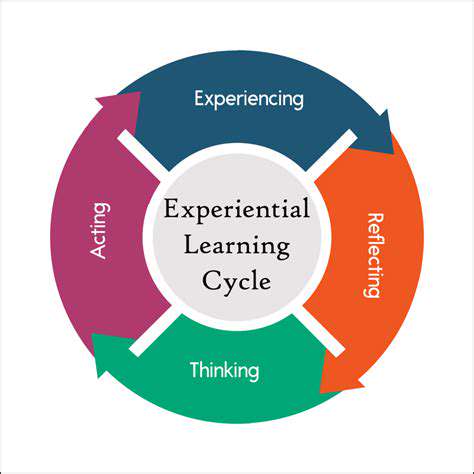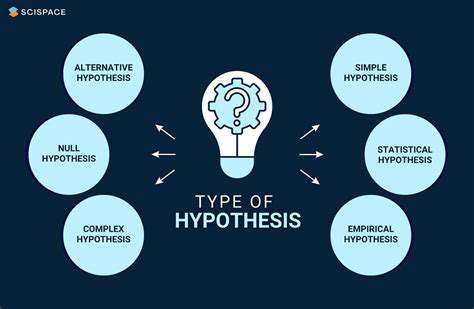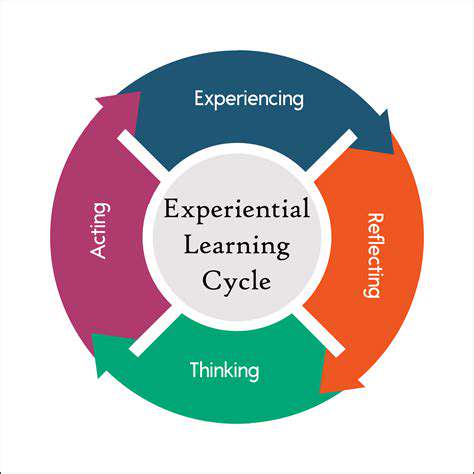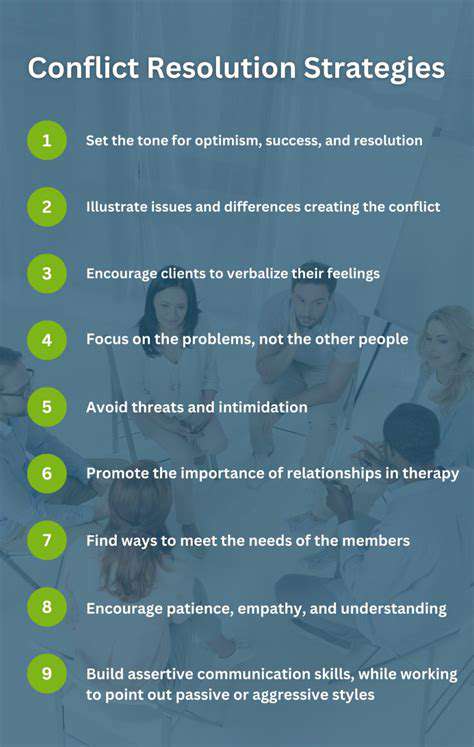Guide to Learning Through Experimentation
Defining the Power of Experimental Learning

Understanding the Core Concepts
Experimental design is a crucial element in scientific research, allowing researchers to systematically investigate cause-and-effect relationships. It involves carefully manipulating one or more variables to observe their impact on another variable, while controlling for extraneous factors. This controlled environment helps isolate the specific effects of the manipulated variables, leading to more reliable and valid conclusions about the phenomenon being studied. This meticulous approach is essential for advancing knowledge in various fields, from biology and chemistry to psychology and economics.
The core principle revolves around the ability to isolate and manipulate variables. By holding constant other potential influences, researchers can confidently attribute observed changes to the specific intervention. This is fundamentally different from observational studies, where researchers simply record observations without manipulating variables.
Key Elements of Experimental Design
A robust experimental design incorporates several crucial elements. These include clearly defined variables, both independent and dependent, as well as a control group for comparison. The selection and assignment of participants are also critical for ensuring the validity of the results. Proper randomization techniques minimize bias and ensure that the groups are as comparable as possible.
Careful consideration must be given to the potential impact of confounding variables. These are factors that might influence the dependent variable but are not the focus of the study, potentially obscuring the true effect of the independent variable. Researchers must employ strategies to control for these confounding variables to achieve accurate results.
The Role of Variables in Experimentation
Variables are the core components of any experimental design. The independent variable is the factor that is manipulated by the researcher. The dependent variable is the factor that is measured to assess the effect of the manipulation. Clearly defining these variables is essential for a successful experiment.
Control Groups and Their Importance
A control group is a critical element in experimental design. It serves as a baseline against which the effects of the experimental manipulation can be compared. By observing the control group, researchers can determine whether the changes observed in the experimental group are genuinely due to the intervention or simply due to other factors.
Randomization Techniques for Bias Reduction
Randomization is a powerful tool in experimental design. Randomly assigning participants to different groups helps to minimize bias and ensure that the groups are as similar as possible. This ensures that any observed differences between the groups are more likely due to the experimental manipulation rather than pre-existing differences between the participants. Randomization is essential for drawing valid conclusions from experimental research.
Data Analysis and Interpretation
Data analysis is a crucial step in experimental research. Researchers must employ appropriate statistical methods to analyze the data collected from the experiment. This analysis allows them to determine whether the observed differences between the groups are statistically significant, meaning that they are unlikely to have occurred by chance. Careful interpretation of the results is paramount to avoid misinterpretations and draw accurate conclusions.
Ethical Considerations in Experimental Research
Ethical considerations are paramount in all research, and experimental research is no exception. Researchers must ensure that their experiments are conducted ethically and that participants are treated with respect and dignity. This includes obtaining informed consent, protecting participants from harm, and ensuring confidentiality. Ethical guidelines must be followed at every stage of the research process. Failure to adhere to these guidelines can lead to serious consequences, including the loss of public trust and potential legal repercussions.
Formulating Effective Hypotheses and Designing Experiments

Formulating a Testable Hypothesis
A strong hypothesis is crucial for any scientific investigation, as it serves as a roadmap for the research process. It's a proposed explanation for a phenomenon or observation that can be tested through experimentation or data analysis. A good hypothesis isn't just a guess; it's a statement that can be supported or refuted with evidence. This means the hypothesis must be specific enough to be measured and tested, and it should clearly outline the expected relationship between variables. This clear articulation is essential for ensuring the study is focused and productive.
Clearly defining the variables is paramount to a strong hypothesis. Identifying the independent variable, the one you manipulate, and the dependent variable, the one you measure, is essential. This allows for a precise prediction of how changes in the independent variable will affect the dependent variable, making the hypothesis testable and measurable. A well-defined hypothesis lays the groundwork for a robust and reliable investigation, ensuring the study is focused on answering the specific research question.
Types of Hypotheses and Their Importance
Different types of hypotheses exist, each with its own purpose. A null hypothesis represents the assumption that there is no relationship between the variables being studied. It acts as a benchmark against which the results of the study are compared. A null hypothesis allows researchers to determine if the observed results are statistically significant or simply due to chance. Failing to reject the null hypothesis doesn't mean the alternative hypothesis is incorrect; rather, it suggests that the evidence isn't strong enough to conclude otherwise.
An alternative hypothesis posits that there is a relationship between the variables. This is the hypothesis that researchers aim to support with their study. A good alternative hypothesis is specific and predicts the nature of the relationship, such as whether it's positive, negative, or causal. It is crucial for directing the research and shaping the conclusions. Clearly articulating the alternative hypothesis ensures a focused research effort.
A directional hypothesis, also known as a one-tailed hypothesis, predicts the specific direction of the relationship between variables. For example, it might predict that increasing exposure to sunlight will lead to an increase in vitamin D levels. This type of hypothesis is more specific and powerful, as it narrows down the possibilities for the outcome. However, it's important to use it when there is a strong rationale and justification for the predicted direction.
Applying Experimental Learning to Diverse Fields

Understanding the Principles of Experimental Learning
Experimental learning, a powerful pedagogical approach, emphasizes active participation and hands-on experiences. It moves beyond passive reception of information to fostering a deeper understanding through direct engagement with the subject matter. This active involvement allows learners to develop critical thinking skills, problem-solving abilities, and a more comprehensive grasp of concepts. By experiencing the process firsthand, learners are more likely to retain information and apply it effectively in various situations.
Core principles behind experimental learning often involve creating opportunities for learners to explore, experiment, and reflect on their experiences. This iterative process allows for valuable insights and a nuanced understanding of the subject matter. It fosters a sense of ownership and responsibility in the learning journey, encouraging learners to develop their own strategies and approaches.
Designing Effective Experimental Learning Activities
Designing engaging and effective experimental learning activities requires careful consideration of the learning objectives and the specific needs of the learners. Activities should be carefully structured to promote active participation and critical thinking. Clear instructions and guidance are essential to ensure that learners understand the tasks and objectives, fostering a more productive learning experience.
Successful experimental learning activities often involve incorporating real-world scenarios or problems. This makes the learning experience more relevant and applicable to the learners' lives, promoting a deeper understanding and a more lasting impact. These activities should also provide opportunities for reflection and feedback, allowing learners to analyze their experiences and identify areas for improvement. This cyclical process of experience, reflection, and refinement is crucial for effective learning.
Implementing Experimental Learning in Various Disciplines
The principles of experimental learning can be effectively applied across a wide range of disciplines, from science and engineering to the humanities and social sciences. In science, students can conduct experiments to understand scientific principles. In the humanities, students might engage in role-playing activities or simulations to explore historical events or social issues. In engineering, students can design and build prototypes to solve real-world challenges.
Implementing this approach requires educators to adapt and tailor existing curricula to incorporate hands-on activities. It requires a shift from traditional lecture-based teaching to a more student-centered, interactive approach. This can involve incorporating laboratory work, field trips, simulations, and other experiential activities. This change in approach can create a more dynamic and engaging learning environment that fosters a deeper understanding and a more profound appreciation for the subject matter.
Assessment and Evaluation in Experimental Learning
Evaluating learning outcomes in experimental learning environments requires a shift from traditional assessment methods to approaches that reflect the active and experiential nature of the learning process. Traditional assessments, such as multiple-choice tests, may not adequately capture the depth of understanding and critical thinking skills developed through experimental learning. Therefore, alternative assessment strategies, such as portfolios, presentations, and project-based assessments, are often more suitable.
Effective evaluation in experimental learning often involves observing learners' participation, analyzing their work products, and gathering feedback from both learners and their peers. Providing constructive feedback that focuses on improvement and growth is essential to support the learning journey and ensure learners are effectively progressing towards their learning goals. This approach fosters a culture of continuous improvement and encourages learners to develop a deeper understanding of their strengths and weaknesses.
Read more about Guide to Learning Through Experimentation
Hot Recommendations
- How to Stay Productive While Working Remotely
- Tips for Managing Conflict with Coworkers
- Entrance & Certification Exams (升学考试)
- How to Improve Your Storytelling Skills (Speaking)
- How to Find Profitable Side Hustles
- Tips for Preparing for the TOEFL iBT Home Edition
- Guide to Switching Careers from [Industry A] to [Industry B]
- How to Run an Effective Hybrid Meeting
- Tips for Marketing Your Side Hustle on Instagram




![Guide to Learning [Specific Writing Style, e.g., Technical Writing]](/static/images/32/2025-05/UtilizingEffectiveLearningTechniques.jpg)






